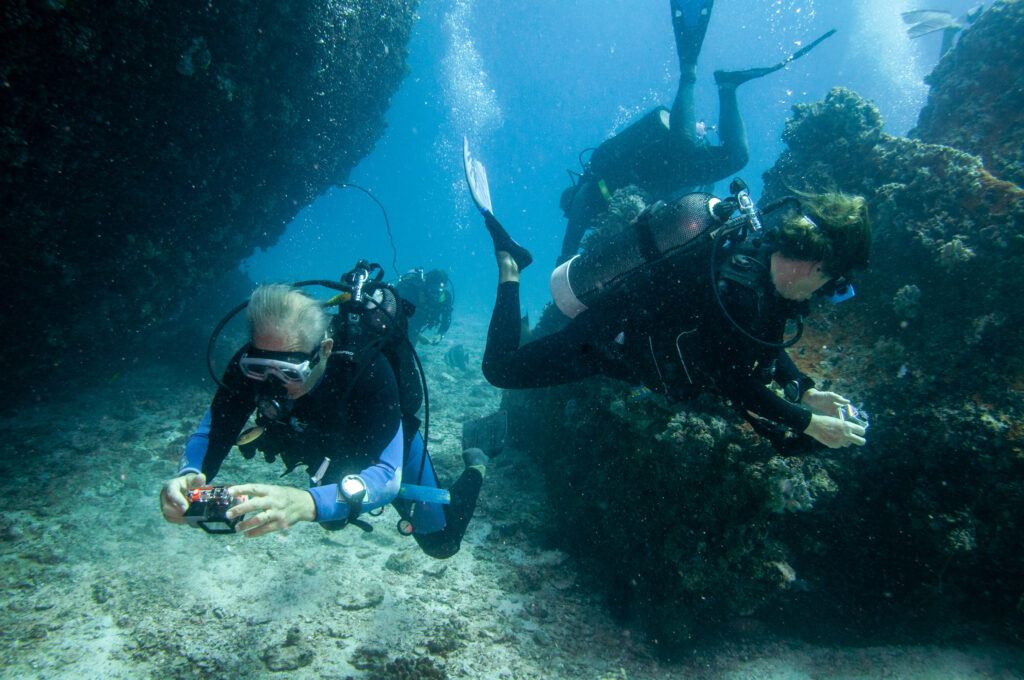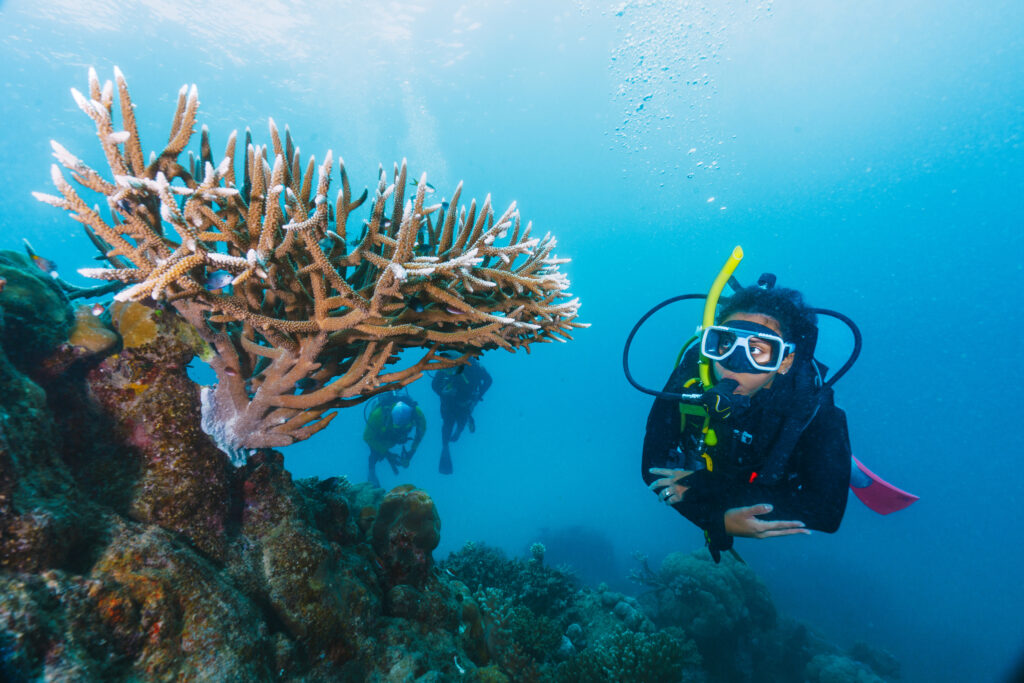What is a Wet Pot?

A Wet Pot is a specialized water-filled hyperbaric chamber used predominantly in experimental work, training, and as a transfer chamber in saturation diving systems. These chambers play a crucial role in the field of hyperbaric operations and scuba diving by providing a controlled environment for divers and researchers. In training scenarios, Wet Pots simulate underwater conditions, allowing divers to practice and prepare for real-life situations. In experimental contexts, they enable scientists to conduct research on the effects of pressure and gases on the human body and various materials. Furthermore, Wet Pots serve as transfer chambers in saturation systems, where they facilitate the safe removal and handling of wet equipment after deep dives. Their versatility and utility make Wet Pots an essential component of modern diving and hyperbaric practices.
What is Saturation?

Saturation, in the context of scuba diving, refers to the state where body tissues have absorbed the maximum amount of inert gas they can hold at a given pressure. This concept is crucial for divers, especially those engaging in deep or prolonged dives. Understanding saturation helps divers manage their exposure to high-pressure environments and ensures they follow appropriate decompression protocols to avoid decompression sickness (DCS). This article delves into the basic principles of saturation, the specifics of saturation diving, its physiological implications, decompression strategies, technological aspects, and safety protocols.
What is Oxygen Therapy for Scuba Divers?

Oxygen therapy is a medical treatment that involves breathing pure oxygen or a gas mixture containing more than 21% oxygen. This method has been proven beneficial for various medical conditions and emergencies, such as decompression sickness, carbon monoxide poisoning, and hypoxia. In the context of scuba diving, oxygen therapy plays a vital role in promoting diver safety and ensuring a swift recovery from diving-related incidents.
What is Ascent when Diving?

Ascent refers to the upward movement a diver makes as they transition from being submerged underwater to reaching the surface. This process is an essential phase in scuba diving, directly impacting the safety and health of the diver. Ascent is not necessarily a straightforward or continuous journey from depth to the surface; it may require planned pauses, known as decompression stops, to help the body adjust to pressure changes and avoid decompression sickness, a condition commonly called “the bends.” In scuba diving, a controlled and deliberate ascent is crucial to maintaining well-being, preventing injuries, and ensuring a safe return to the surface. This article will explore the importance of ascent, its stages, best practices, and the potential risks divers face during this critical part of the dive.
What is Ambient Light when Scuba Diving?

What is Ambient Light when Scuba Diving? Ambient light, the naturally occurring sunlight found underwater, is a key factor for scuba divers, underwater photographers, and marine biologists alike. The unique way light behaves in the underwater realm profoundly affects visibility, colors, and the behavior of marine life. This 1000-word entry will explore the nature of […]
What is a Dive Computer?

What is a Dive Computer? A dive computer is an indispensable piece of scuba diving equipment that assists divers in monitoring the time and depth of their dives. It also calculates nitrogen levels in the body and determines a safe ascent profile using mathematical algorithms. The purpose of this device is to enhance diver safety, […]
What is Gas Saturation in Scuba Diving?

What is Gas Saturation in Scuba Diving? Gas saturation is a critical concept in scuba diving, as it has significant implications for the safety and well-being of divers. Gas Saturation occurs when the level of dissolved gas in a particular body tissue has reached its maximum, and it is closely related to the physics and […]
